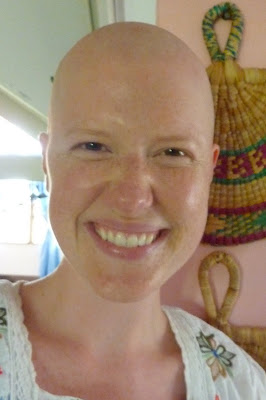Tam Xarit: Muslim New Year, a Veritable Couscous Dance Party
I adore couscous and I love to dance in the street, but I never considered there exists an event that combines these two dissimilar items. They actually go perfectly together in the religious and deeply traditional world of Senegalese culture as the markings of the Muslim New Year celebration Tam Xarit. The Muslim calendar, which announces the dates of important religious holidays, follows the moon, comprising about 354 days per lunar calendar, whereas the western calendar—standard calendar—follows the sun. Roughly one month after Tabaski, Muslims celebrate the turning of the New Year with enormous quantities of couscous both for the household and for sharing with your neighbors and family members, and with prayer, fasting, and masquerade.
As with every holiday in Senegal, there are two sides that dictate the behavior of participants: religion and tradition. In terms of its religious aspects, Tam Xarit is an opportunity for prayer and fasting for the year to come. Routine prayer commences the day of Tam Xarit, but there is one difference: a bull is slaughtered in thanksgiving and shared among the members of the neighborhood. The carnage is definitely minimal compared to Tabaski, but I must say it was slightly assaulting to run past a pool of blood from a newly slaughtered cow at 8 am! Prayer continues to be an important theme throughout the day and the following morning. At the turning of the year—the Night of Decision—Muslims believe that God decides all deaths, marriages, births, and all other significant events that will occur in the upcoming year. To affect the outcome, Muslims believe they must pray and request from God their desires in hopes that all will be favorable. The next day families gather to pray for the dead and to honor God. Fasting is optional the day of Tam Xarit and begins at daybreak and ends at sundown.
In contrast, the traditional side of Tam Xarit is much more boisterous and exclamatory than its somber and reflective religious counterpart. First, neighbors and family members share their millet couscous and sauce (vegetables and chicken, beef or mutton) with one another. My household received bowl after bowl of couscous and sauce, so much in fact that my host mothers were packing up couscous for hours. Second, there is the actual consumption of couscous with the sauce and with milk. I know it sounds bizarre, but milk and couscous go quite well together! After eating one’s fill of couscous, the real party begins, whether you like it or not. Around 9 pm people start the Tadj Bul, parading into neighbors’ households, masquerading in transgender apparel and banging pots and tam tams—local name for African-style drums. The ambience is truly electric and raucous. If you do not want to be a part of the festivities, you better hide; otherwise you will be swept in by the tide. How I loved dancing and chanting the Tadj Bul and swaggering in my green boubou with my troupe of six other girls! At the sight of me, people died laughing. No one had ever seen a white person participate in this profoundly unique tradition. We danced and sang until 1 am, earning a day’s wages in the process from the adoring crowds. Another unforgettable experience to log away.
Tip #7 for Surviving in Senegal: Avoid stepping in horse or donkey excrement on the street. Senegalese people use donkey and horse carts in the city as frequently as in the countryside. It is best to look down as you walk to ensure that you do not step onto the unpleasant remains of these rather practical and antiquated forms of human and freight transport.









Comments